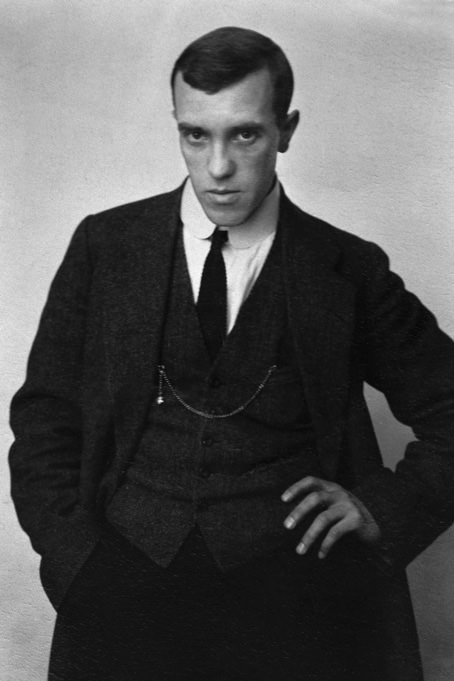

The reproduction of these works without the express written consent of the owner of the works is prohibited.
DownloadNorwegian Landscape. Bog Landscape
The bog motif is not uncommon in Estonian folklore, as it also meant a place to hide. But in the fine arts, wetland themes are rare and Mägi’s foray into this theme in Norway was a one-off, as he generally depicted lush and fertile vegetation, not relatively barren bogs and mires. It is not known why Mägi depicted a wetland in Norway. But there is an interesting parallel with a poem written by Gustav Suits in 1908.
Out on the Bog Ponds
The bogs are brimming with deep ponds.
Is the water, so dark and voiceless, rusty
Or is it the pain looking up from underground, full of wild blackness?
The bogs are brimming with deep ponds.
Bubbles rise up through the water all silvery.
Oh yearnings, secret desires within the mires,
Oh dreams that suddenly vanish into nothingness!
Bubbles rise up through the water all silvery.
The dwarf birch is gnarled, bent over to the ground.
The deceptive peaty sod shifting underfoot,
With stagnant flows buried in mud.
The dwarf birch is gnarled, bent over to the ground.
A thousand mosquitoes press forward across the mires.
They fall on to the face, into the mouth, they suck into the blood,
They penetrate the will, they creep into the heart.
A thousand mosquitoes press forward across the mires.
Comparing it to Mägi’s painting, we see a number of parallels on the visual level as the painting has a number of birches and silvery bubbles rising from a dark bog pond. There are also parallels in the way the bog has been associated with visionary, dream-like, indefinite states, where forms change and there is no firm footing to be felt. The synchronous appearance of bog themes in modern Estonian literature and art and the resulting mystification of nature is noteworthy and may signal a certain generational attitude that is sustained by nature and related folklore but also makes them a sounding-board for personal psychological tensions and a proving ground for modern searches for form.
The reproduction of these works without the express written consent of the owner of the works is prohibited.

